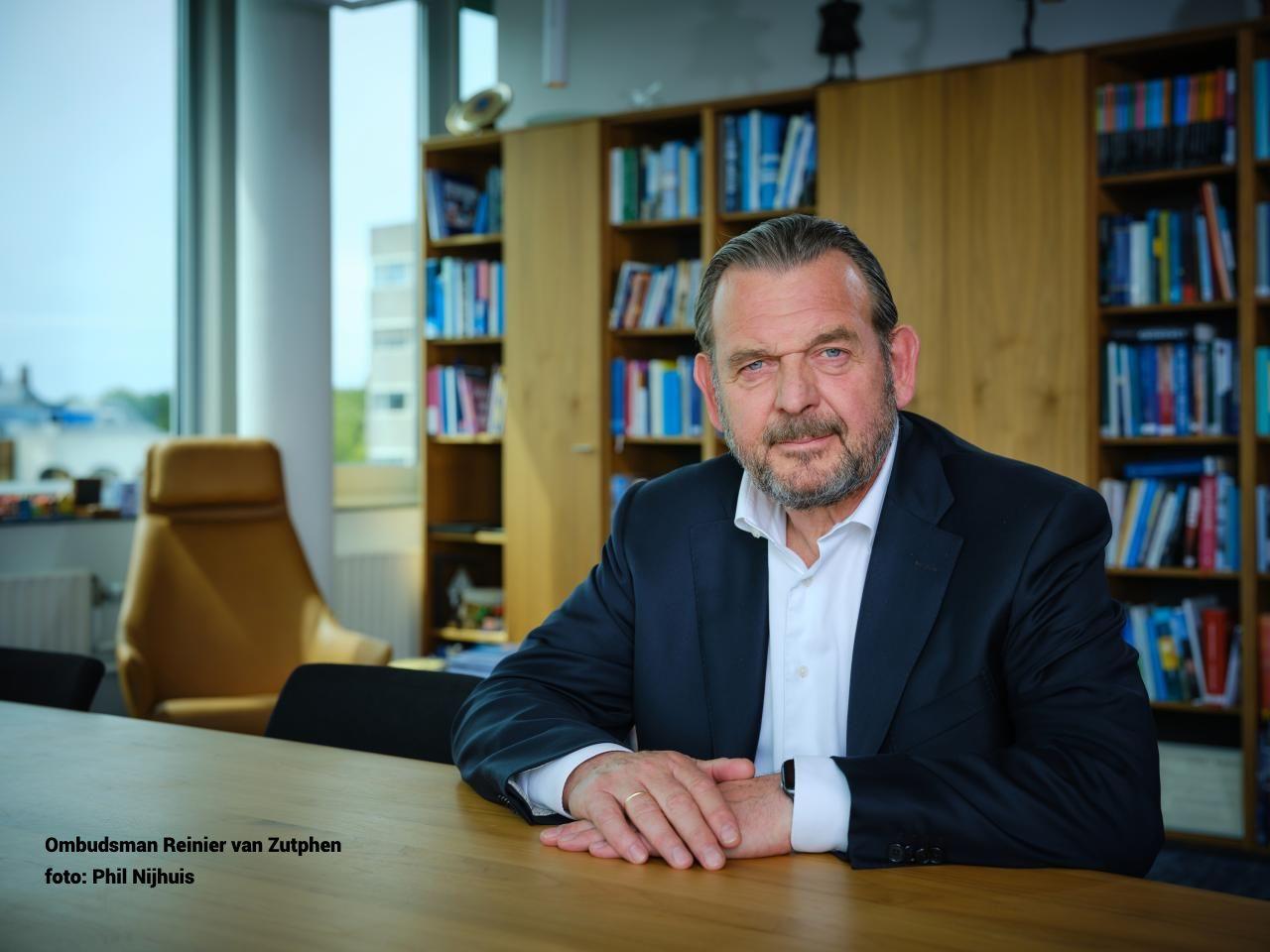Aartsen advocates for an economic approach to circularity. By focusing on commercial opportunities and earning potential, it should become a logical choice for entrepreneurs to work circularly. Aartsen: “Ultimately, working circularly is a no-brainer: raw materials are becoming more expensive, and in the Netherlands, we have few own raw materials. Therefore, it is only logical from a business perspective to handle raw materials smartly, efficiently, and innovatively.”
Aartsen visited Myne in Harderwijk on Monday. Myne is a company that contributes to processing used metals into new materials. Scrap aluminum and copper particles are separated in a robotic line and become the raw material for new products, such as a car door or scaffolding. But also for components in washing machines.
Thierry Aartsen: “There is a reason I was at Myne. Companies like this are absolutely necessary. Especially because we have hardly any own raw materials in the Netherlands, companies that handle materials smartly are indispensable. We do not have treasures of raw materials in our soil. But in the Netherlands, we are indeed resourceful, knowledge-oriented, and efficient. That is our strength. We excel in recycling, reusing, and making new products from waste materials. I see this regularly in practice, during visits to companies. Again today.”
The Netherlands Circular by 2050
The Netherlands aims to be circular by 2050. This means that materials will no longer be discarded but will continuously be reused as raw materials for new products. This makes the Netherlands less dependent on other countries and provides entrepreneurs with plenty of opportunities.
For many products, we are still heavily dependent on raw materials from other countries in the Netherlands. For example, batteries and electronic equipment. By collecting and recycling smarter, this dependency can drastically decrease. The recycling of aluminum and copper, as done at Myne, is a good example of this. We are sitting down with various sectors. Together we will see what can already be done and what is still needed to work circularly on a large scale.
To work towards a circular economy by 2050, there is still a lot of work to be done in the coming time. How this should happen is outlined in the updated National Program for Circular Economy.
Collaborating with the Business Community
Much has already been initiated, but there is still much to be done. Aartsen is explicitly seeking cooperation with the companies and sectors that can help make the transition.
Aartsen: “Working circularly is, in my view, the most logical choice. It must become obvious to everyone. We should not only look at the ecological but also at the economic aspects of the circular economy to truly seize the opportunities that exist. This is good for our strategic independence and for the earning potential of Dutch entrepreneurs. I want to work together with entrepreneurs and sectors on this. They know best from practice what is needed to create a market, scale up, and earn a decent living. I will be putting in hard work with all parties involved in the coming time. On a national level, but also internationally, as a level playing field in Europe is an absolute prerequisite.”
Europe
In Europe, Aartsen will advocate for better cooperation between EU member states to ensure that raw materials are preserved and can be reused. This is to reduce dependence on other countries. He will also advocate for clear requirements for product design so that, for example, electronics can be better repaired. And for good agreements on when something is waste and when it can still serve as raw material.
The Dutch plastic and recycling industry is currently struggling due to competition from abroad, for example, plastic from China that enters the European market at low prices. Dutch companies cannot compete with this. Aartsen will continue to discuss this with his European colleagues in the coming time. The goal is to reach European agreements to support the plastic and recycling industry in the Netherlands and Europe.
Space for Circular Business Activities
A circular economy also requires space, literally. For example, storage, reverse logistics, repair, and high-quality processing of materials. Already, 15% of the space demand in business parks is related to circular activities. In 2018, this was 5%, and in the coming years, it will only increase. Therefore, it is important to consider the circular economy in spatial choices. It is essential to create sufficient and suitable space for a circular economy in the development of (new) business parks. We will be addressing this in the coming time together with local authorities.




